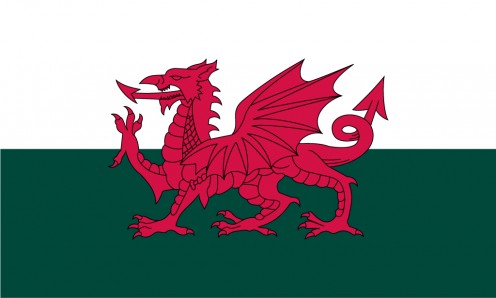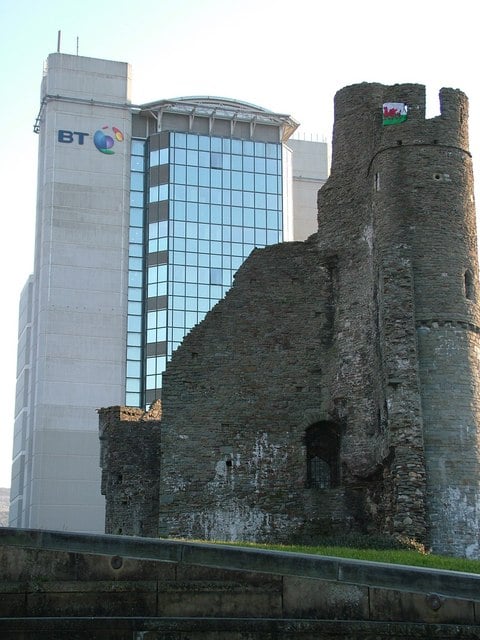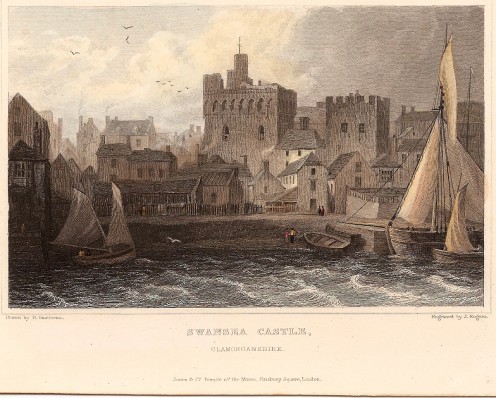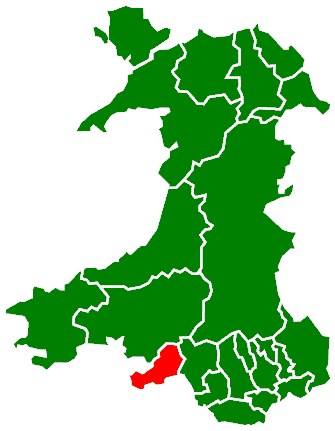- HubPages»
- Travel and Places»
- Visiting Europe»
- United Kingdom
Visiting Wales's Swansea Castle: Imposing, Late 13th or Early 14th Century Ruins




How new is 'new'?
Old and new are juxtaposed at Swansea Castle (Welsh: Castell Abertawe ) and the BT Tower ('British Telecommunications Tower'), at Swansea (Welsh: Abertawe ), Wales (Welsh: Cymru ). Whether this is aesthetically good, bad or indifferent, the visitor certainly gets the idea of imposing buildings, old and new, and maybe a sense of just how awe-inspiring a tall, Medieval castle must have seemed to the individual unconnected with the rich and powerful of the day.
Historical background
The castle was originally built in 1106 by Henry de Beaumont, a Norman nobleman, who also owned a small estate in Normandy. The original, Norman-held castle was repeatedly subject to Welsh attacks. Remains of the 11th century castle have not survived, but the visible ruins at Swansea Castle today date from later than the 11th century. Their exact date is uncertain but it is thought that they are from the late 13th or early 14th century.
These surviving ruins consist of two sides of a castle structure which was built in a rectangular shape. North Americans may find the following piece of information amusing but, because these castle walls are newer than the original 11th century structure, these 13th or 14th century ruins have sometimes even been known as the 'new castle'! (By way of comparison, remember that at Oxford there is New College; its date of foundation? 1379 —yes, really! — but of course there are other Oxford colleges that are older ... .) Of the surviving part of the castle, an arcade structuring is particularly well-preserved.
Swansea is Wales's second city and the castle must have formerly given a focus to its downtown area, where it is located: indeed, the castle was there long before Swansea developed.
What you see isn't what you got
The fact seems to be that, by the time of the building of the part of the castle which actually survives today, the castle was already outliving its military usefulness. In Swansea, there was no Medieval military-industrial complex to 'wag the dog', as it were.
Among other uses than the military one, the castle, having sound walls (at least, previously) was used as a prison.
Unfortunately, in the early 20th century developers were allowed to demolish part of the castle; but we may have much more confidence now that these fine ruins that remain will be preserved. Now it is tourists and those who are interested in historical and architectural heritage for whom the castle provides the main point of attention.
Also worth seeing
In Swansea itself, Oystermouth Castle , at Mumbles, is another Norman structure. Singleton Abbey is a striking old building, set in parkland, belonging to Swansea University.
Castell Coch, Tongwynlais (distance: 65 kilometres) is a 19th century restored castle, prominent on a hillside.
...
How to get there: Continental Airlines flies to London Heathrow Airport , from where car rental is available. London Heathrow is 286 kilometres from Swansea. There are also rail (from London Paddington railroad station) and bus links to Swansea. Some facilities may be withdrawn, without notice. You are advised to check for up to date information with the airline or your travel agent.
MJFenn is an independent travel writer based in Ontario, Canada.








